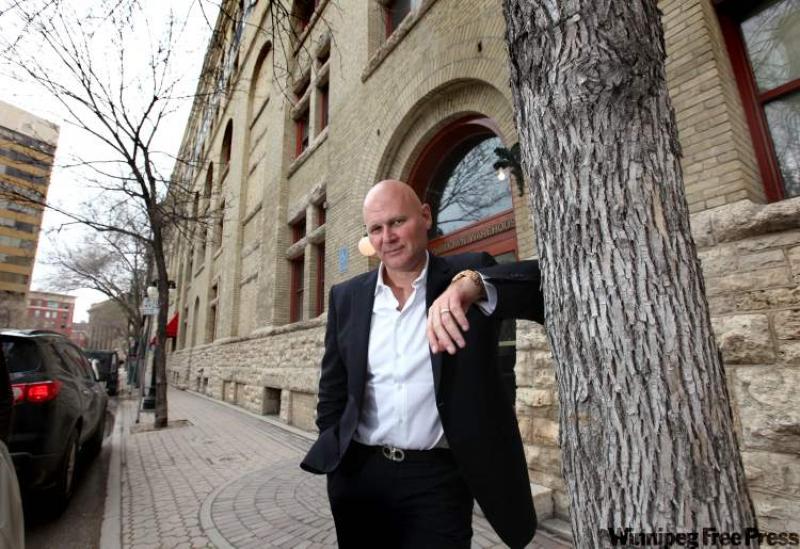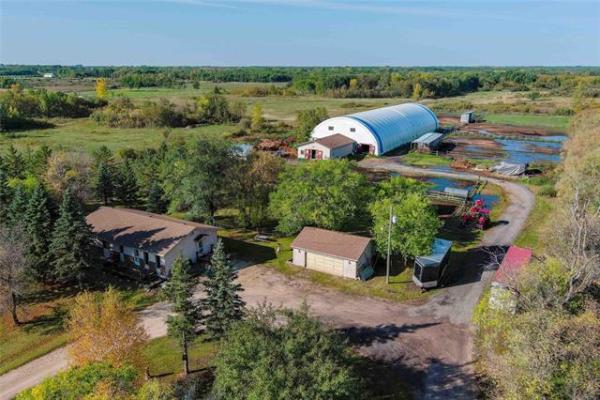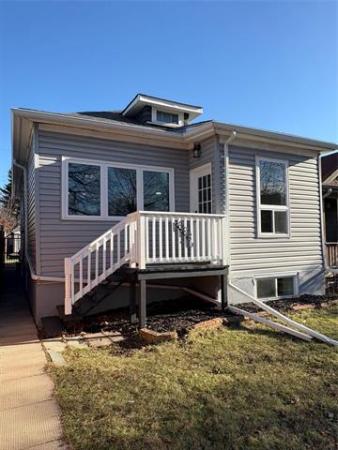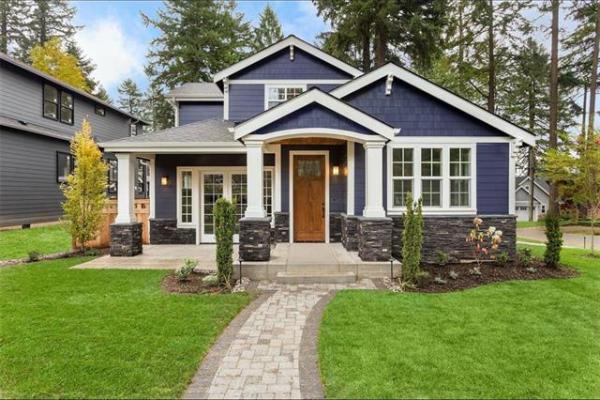Back in 1996, urban developer extraordinaire Brad Lamb was just cutting his teeth in the business.
His first project in downtown Toronto was a brand new, 24-unit condominium development that, in retrospect, seemed like a huge undertaking.
"I thought it was a huge project at the time," he recalled. "It was the first new project in the area in seven years and it took 12 months to sell it. Now, we sell 24 units in 10 minutes. As the saying goes, 'how things have changed.' "
Today, countless units later -- Lamb Development Corp. (founded in 2001) has sold 1,400 condominiums in eastern Canada in the past six years -- Toronto is now a model city for urban regeneration.
Winnipeg's downtown, particularly the Exchange district, is in a position to experience a similar renaissance, Lamb said at a luncheon hosted by the Blueprint Group at the Delta Winnipeg in May.
"I didn't have much time to see the city, but I did go through Winnipeg's downtown and was excited at what I saw, particularly in the Exchange area," said the star of HGTV's hit series, Big City Broker. "While Winnipeg's not Toronto and vice-versa, there are some similarities. I'd liken the Exchange to Toronto in that it's an area where you can plant seeds -- much like the area where we did our first 24-unit project."
The key, said Lamb, is to bring cool housing to an area.
"You need to develop housing stock that creates a desirable environment -- condos with clean designs, high ceilings, stainless appliances, hardwoods and cool touches like concrete counters and breakfast bars -- and then design the marketing plan so people think they're missing out on something," he said. "You want to show architecture and urban lifestyle that will make young people want to live there."
Most importantly, condo pricing -- the bulk of units would fall in the 400 square foot range -- has to be affordable to provide an incentive for people to buy.
"You've got to find a way to keep condo prices down in the $150 to $250 per square foot range to be competitive against housing. To do that, you've got to provide tax incentives for developers and pressure government to provide subsidies," said Lamb. "You need to create a vibe with a core of young people, make it exciting for them to live in the city's downtown. You've got to start with young people."
Bill Thiessen, who's long been involved in downtown redevelopment as a realtor and project consultant, said Lamb's comments are music to his ears.
"He made a number of very valid points," said the urban Realtor. "I particularly agree with his observations about needing to make downtown condos affordable. To do that, I think we need to price them around $125,000 to $150,000 to provide the incentive to buy. We already do have some incentives, such as the TIF program. It's helped generate a number of new projects, but we have to be even bolder to create a real, lasting wave."
He said the wave in Winnipeg's downtown is indeed very real.
"Over the last three months, I've seen a stronger surge than I've ever felt downtown. We're starting to turn the corner, there's something out there. Now that we've got something, we've got to keep it going. It was great to see someone like Brad come to the city and see all the potential we have downtown," said Thiessen. "Hopefully, that will spur on developers and add to the momentum we've already got going."
lewys@mts.net
Brad Lamb's four keys to urban redevelopment
Take old, underused buildings and convert them to residential housing.
Focus on one area -- for example, the Exchange District -- and build around it as Lamb and company did in Toronto.
Government needs to create incentives to get private industry involved. "There has to a profitability motive," he said.
Create a vibe, mystery and covetousness that surrounds compact condominium units that are solid, attractive and, most importantly, affordable.




